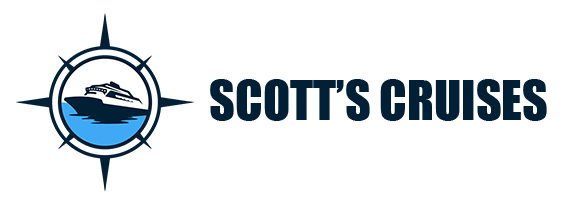A cruise vacation offers a unique way to explore multiple destinations with top-tier amenities, but while providing cruisers with plenty of activities, parties, and fun, the safety and well-being of passengers and crew remain a top priority. This is especially true during the hurricane season, which typically runs from June through November in the Atlantic. Given that many cruise routes fall within regions affected by hurricanes, understanding how cruise lines operate during this season is crucial for passengers planning a voyage. Here’s an inside look at how cruise lines ensure the safety of their passengers and crew during tropical storms and hurricanes.
Monitoring Weather: Tools and Technology
One of the primary tools that cruise lines utilize to keep an eye on the weather is advanced satellite technology. Modern ships are equipped with sophisticated radar systems that continuously scan the surroundings for any meteorological threats. Additionally, they rely on the National Hurricane Center (NHC) and the World Meteorological Organization (WMO) for updates on weather patterns.
Furthermore, many cruise lines employ dedicated meteorologists who work closely with the ship’s captain and bridge team. These experts have the responsibility of continuously monitoring weather conditions, understanding the possible impact on the cruise’s route, and advising on necessary changes.
When and Why Itinerary Changes are Made
If a tropical storm or hurricane is forecasted to cross the ship’s path or a scheduled port of call, cruise lines often make changes to the itinerary to ensure the safety of all onboard. These changes are made well in advance, allowing the ship to avoid the storm’s trajectory. Such adjustments might involve:
- Skipping a Port: A scheduled stop might be missed if it lies directly in the storm’s path.
- Changing the Order of Ports: Sometimes, by altering the sequence of stops, a cruise can efficiently avoid the storm.
- Switching Ports: If one port is not available due to weather conditions, the ship might reroute to an alternative safe harbor.
- Sea Days: On some occasions, the ship might spend more days at sea to navigate away from the storm before proceeding to its next port of call.
These decisions aren’t taken lightly. Captains and crews factor in the safety of the passengers, the crew, the ship, and the feasibility of making it to a scheduled port. They also consider the comfort of their passengers – after all, cruising through rough seas can make for an unpleasant experience.
Why Itinerary Changes are Essential
At its core, the decision to alter a cruise’s itinerary is rooted in safety considerations. Tropical storms and hurricanes bring with them not only high winds but also unpredictable sea conditions. Navigating through such turbulent waters can be risky. By avoiding the storm, cruise lines ensure:
- Passenger and Crew Safety: This is always the paramount concern. Itineraries are changed to keep everyone on board out of harm’s way.
- Comfort: Rough seas can result in seasickness for many passengers. By choosing alternative routes, cruise lines aim to offer as smooth a journey as possible.
- Ship Integrity: Modern cruise ships are built to handle challenging sea conditions. However, consistently subjecting a vessel to rough seas can lead to wear and tear over time. Avoiding such conditions when possible extends the life of the ship and ensures a safer environment onboard.
Expectations When Cruising During Hurricane Season
If you’re considering cruising during the hurricane season, it’s essential to be prepared for possible changes to your itinerary. Flexibility is the key. While cruise lines do their best to communicate any changes promptly, sometimes decisions are made on short notice based on the latest weather updates.
Many seasoned cruisers opt to travel during hurricane season due to fewer crowds and often lower prices. The key is to approach the journey with an open mind. Understand that the primary goal of the cruise line is to ensure everyone’s safety and well-being.
In conclusion, while the allure of cruising during hurricane season is undeniable, passengers must remain informed and prepared. Cruise lines invest heavily in technology, expertise, and communication to ensure that every journey, even during the unpredictable hurricane season, is as safe and enjoyable as possible. Safety will always be the anchor that guides these massive ships through any storm.
